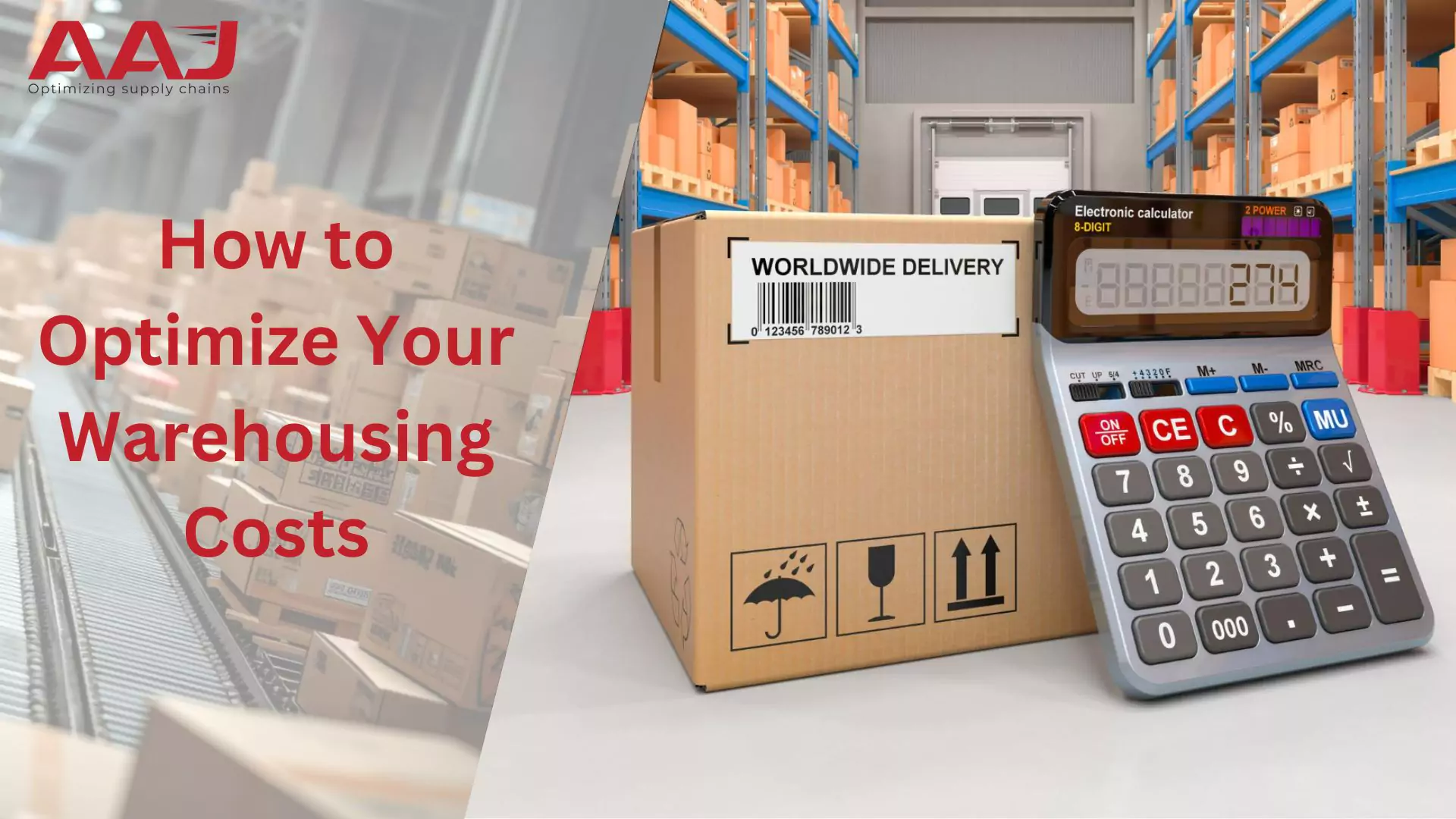Most businesses are affected by technological breakthroughs and digitally disruptive platforms that are redefining their functional characteristics. The transportation and logistics management sector is no exception and has seen considerable changes in its daily operations.
The warehouse market is growing rapidly in India; it was valued at INR 1,206.03 Bn in 2021 and is expected to grow to INR 2,872.10 Bn by 2027, according to a Research and Market Report. With such a high growth rate in modern warehouses, advanced solutions and facilities are vital in carrying out warehouse operations effectively. Modern technology has brought innovations like Warehouse Management Software that can transform how warehouse operations take place. This blog will discover how WMS works as magic for the warehousing and distribution company. Read on to know more!
Warehouse Management Software: An Overview!
Warehouses hold all of the items from raw materials to completed goods that are included in the process of logistic and warehouse management. They remain at the center of these processes. Modern warehouses aim to ensure that supplies and items are transported through warehouses in the most effective and economical manner possible. A WMS manages various tasks, such as inventory tracking, picking, receiving, and putting away, that makes the entire process easy and convenient. Additionally, a WMS offers visibility into an organization’s inventory at any time and place, including in transit or within a facility.
To Know more: Top 10 Warehousing Companies in India
Functions of WMS that Streamline Warehouse Operations
Despite its widespread acceptance and popularity, businesses may still be unsure about a warehouse management system’s relevance and alignment with their primary business goal.
Businesses need to comprehend a wide range of functional characteristics and use case scenarios of WMS to assess its applicability. Here are a few functions of WMS:
- Tracking stock
A Warehouse management system’s main function is tracking stock inflows in the warehousing and distribution company . It gives warehouse managers the ideal insights to comprehend stock availability, processing needs, and replenishment requirements. With a WMS, the determination of how quickly and in what quantity they need to restock their inventory becomes simpler.
With a strong WMS, the traditional problems of overstocking or understocking can be efficiently minimized. Also, it is crucial for optimizing warehouse space. A WMS ensures that stocks are dispersed evenly to maintain smooth logistics and warehouse management.
- Inventory Picking & Shipping
The second most crucial role of a WMS is to pick inventory and ship it to the targeted client base. Conventional warehouse systems had several issues, including incomplete data and ineffective inventory tracking, which resulted in inaccurate and inefficient inventory shipment.
However, an effective WMS ensures that the appropriate product is chosen as the business principles of your company. This will be a smooth, reliable, and economical solution for warehouse service providers. There are no longer any costs associated with incorrectly filling orders and shipping them to the wrong clients.
- RF/Barcode scanning
WMS integrates with radio frequency (RF) or barcode scanning devices, enabling accurate and efficient data capture. Warehouse personnel can use handheld devices to scan barcodes, update inventory status, perform cycle counts, and validate order picking. This minimizes errors and improves data accuracy.
- Effective inventory control
Product catalog expands as a business grows, which also increases the requirement for greater warehouse space to store inventories. Effective space management in the warehouse is now extremely important for organizations and is frequently the top concern of warehouse managers. While achieving this efficiency manually can seem difficult, an automated WMS solution is the only way to overcome these difficulties. The warehouse staff can store inventory based on current demand and product weight with the help of a reliable warehouse management system. When you outsource your warehousing services to 3PL logistics services, go for one that utilizes WMS. At AAJ Enterprises, our warehouse management software possesses advanced features to streamline various operations.
- Reporting and Analytics
WMS generates comprehensive reports and provides analytics on key performance indicators (KPIs) such as order accuracy, inventory levels, order cycle time, and warehouse utilization. These insights enable warehouse service providers to make data-driven decision-making and continuous improvement.
- Inventory Documentation without Paper
The days of extensive inventory documentation on paper are over in the era of modern warehousing. Paper-based documentation is not required for proper logistics and warehouse management. A WMS provides a unified window through which all inventory procedures can be seen. It gives warehouse staff the necessary data and information at their fingertips to perform their duties at any time, anywhere.
Wrapping Up
The data and reports show us the need and demand for warehousing solutions. Implementing modern technologies and innovations is of the utmost importance in such a scenario for businesses if they seek smooth warehouse operations. WMS is revolutionizing the way warehouse operations used to be performed earlier. AAJ Enterprises understands the importance of streamlined solutions for the warehousing needs of businesses, and hence we introduced our own WMS accessible to those who opt for our warehousing solutions. Contact us today and take your warehousing operations to the next level!
To Know more: The Power of Automation in Warehousing
About the author:
Read all of Aaj Enterprises Posts



